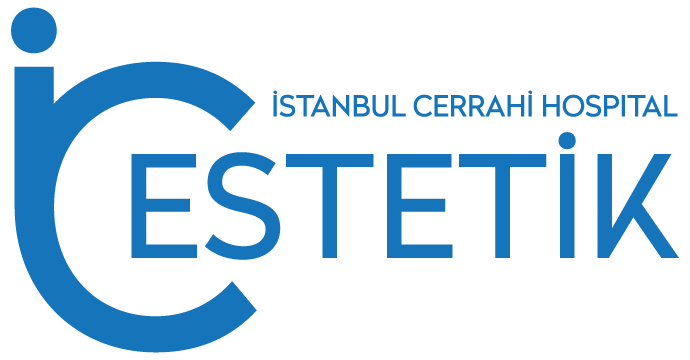Laser-assisted in situ keratomileusis (LASIK) is the leading laser refractive surgery, widely adopted to address vision problems and serve as an alternative to corrective lenses. In this guide, we delve into the intricacies of LASIK, exploring its procedure, benefits, potential risks, and crucial considerations for prospective candidates.
Understanding LASIK Surgery
LASIK surgery is a commonly used procedure in eye surgery and is typically preferred for correcting vision defects such as myopia, hyperopia, and astigmatism. In this procedure, a special technique called laser-assisted in situ keratomileusis (LASIK) is employed. LASIK surgery aims to reduce or eliminate the use of glasses or contact lenses.
LASIK surgery corrects vision defects by altering the shape of the cornea, which is the transparent front layer of the eye. During this process, a specialized laser reshapes the inner layer of the cornea. This allows light to focus more accurately on the eye, resulting in improved clarity of vision.
The procedure is generally performed quickly and is often done under local anesthesia. Patients typically experience a short recovery period and can return to normal daily activities within a few days. However, LASIK surgery may not be suitable for everyone, and candidates should undergo a pre-operative evaluation by a doctor.
Advantages of LASIK surgery include rapid recovery, minimal pain, and improved clarity of vision. However, like any surgical procedure, LASIK has specific risks and complications. Therefore, potential candidates should consult with an expert eye doctor to understand all the details of the procedure and make informed decisions.
Why LASIK?
LASIK is a preferred eye surgery method for many individuals. The primary reason for this popular choice is its ability to correct vision defects such as myopia, hyperopia, and astigmatism. LASIK surgery is performed using a specialized laser technology called laser-assisted in situ keratomileusis (LASIK). This procedure aims to reduce or completely eliminate the use of glasses or contact lenses for patients. With advantages such as a rapid recovery process, minimal pain, and increased clarity of vision, LASIK surgery has become an appealing option for many individuals. Although it may not be suitable for everyone, candidates should undergo a pre-operative evaluation by a doctor to assess the benefits and potential risks that LASIK can provide.
Risks and Complications
As with any surgical procedure, LASIK surgery also comes with certain risks and complications. Among these risks are infections, issues with corneal thinning, overcorrection or undercorrection, night vision problems, and side effects such as dry eyes. Additionally, in some cases, the failure of LASIK surgery and the persistence of vision problems are possible. During the postoperative period, it is crucial for patients to adhere to a specific recovery process and follow the recommendations of the doctor. Candidates for LASIK surgery should understand potential risks before considering the procedure and undergo a detailed evaluation with an expert eye doctor.
Factors Influencing Risks
Certain health conditions and lifestyle factors can impact the risks associated with LASIK. Individuals with autoimmune disorders, weakened immune systems, constantly dry eyes, or certain eye diseases may face increased risks or may not be suitable candidates for the procedure.
The LASIK Procedure
The LASIK procedure is typically completed in under 30 minutes. After administering numbing drops, a corneal flap is created, and a laser is used to reshape the cornea. The corneal flap is then repositioned, usually healing without the need for stitches.
Immediate Aftercare
Post-surgery, patients may experience temporary symptoms like itching, grittiness, burning, and watery eyes. Blurred vision is common initially, but patients usually recover quickly. Pain medication or eye drops may be prescribed, and a follow-up appointment is scheduled to monitor healing.
Long-Term Results
LASIK often provides improved vision without the reliance on glasses or contact lenses. Over 8 out of 10 individuals who undergo LASIK no longer need corrective lenses for most activities. Results vary based on the degree of refractive error, with lower degrees of nearsightedness showing higher success rates.
Considerations Before LASIK
Prospective LASIK candidates should be aware of the elective nature of the surgery, with most insurance companies not covering the cost. Preparing for LASIK includes understanding the potential costs, arranging for transportation on the day of surgery, and following pre-surgery guidelines, such as avoiding eye makeup.
LASIK stands as a widely accepted and effective solution for vision correction, offering freedom from glasses or contact lenses for many individuals. However, informed decision-making is crucial, and candidates should consult with their eye doctors to assess eligibility, understand potential risks, and set realistic expectations. LASIK has transformed the lives of countless individuals seeking visual clarity, but each person’s journey is unique, requiring careful consideration and expert guidance.

